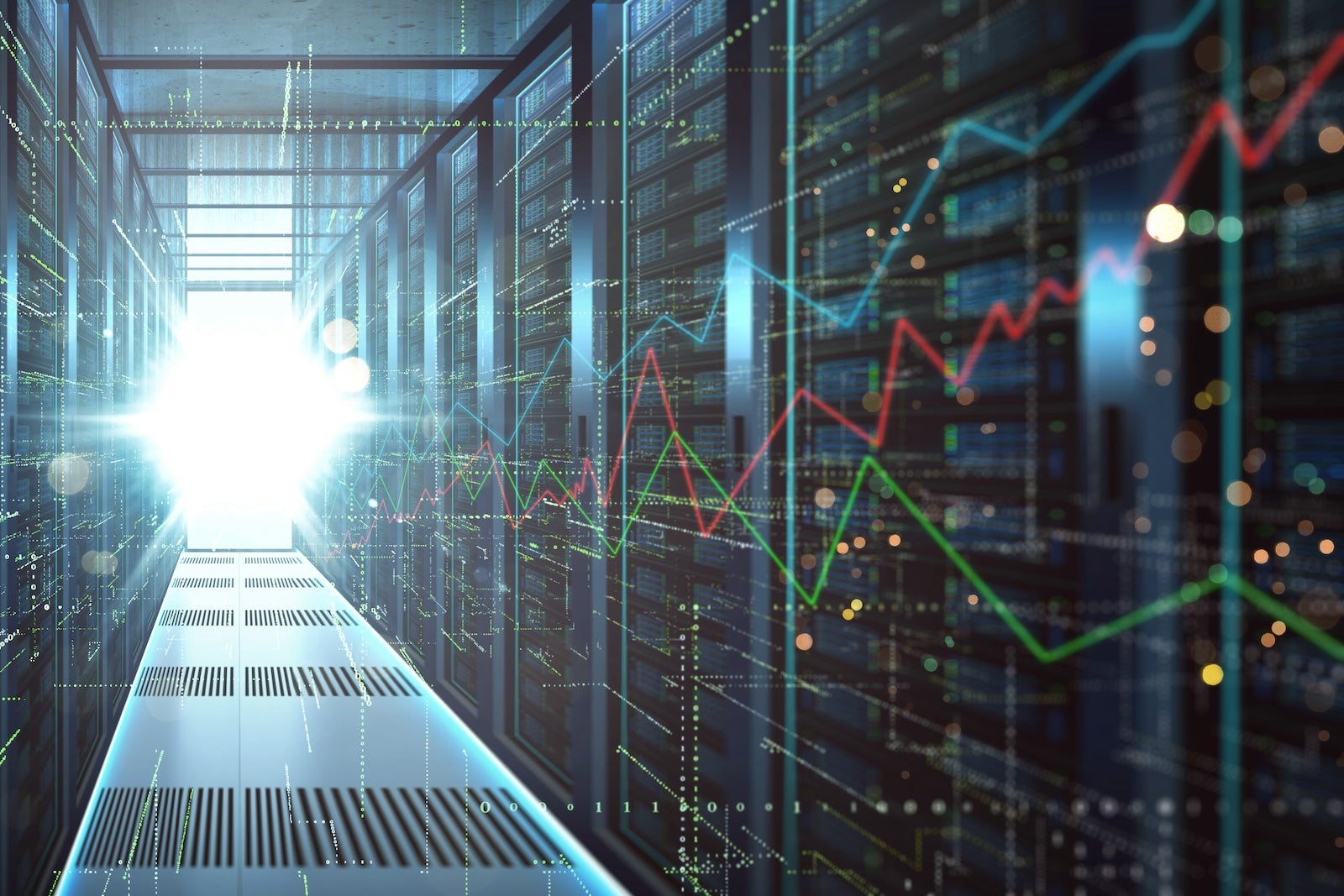As organizations continue to embrace digital transformation, the topic of legacy integrations with SAP has become increasingly critical. SAP systems, the backbone of many enterprises, are frequently integrated with older, outdated technologies using proprietary data formats. These integrations are often hard to maintain and update. Yet, they are essential for businesses that have significantly invested in SAP while relying on legacy systems to support core business functions.
The drive to modernize legacy integrations has become particularly prominent as organizations look to migrate to the latest version of SAP’s flagship enterprise resource planning (ERP) solution, S/4HANA. SAP S/4HANA migration can be complex and challenging, as it often requires untangling intricate webs of legacy integrations that have existed for years or even decades.
Read on to learn how to modernize common integrations with SAP.
Why Modernize Your Legacy Integrations?
The systems of the past weren’t designed to deal with the flood of data every organization now deals with daily. Keeping pace in today’s business landscape requires overhauling outdated integration practices. By modernizing older integration methods and manual processes, your firm can unlock tangible benefits in productivity, insight, flexibility, and workplace morale.
- Improved Efficiency: Legacy integrations commonly rely on antiquated technologies and labor-intensive hand-offs, which can significantly delay operations and introduce holdups. Streamlining by means of automated, digital workflows allows continuous data synchronization across systems without intermediaries. This frees up time and manpower for more profitable undertakings.
- Greater Data Accessibility: Legacy setups sometimes isolate information in silos, making it difficult to track performance holistically in real-time. Modernizing access points unites disparate databases, giving leadership a unified dashboard of insights. Full visibility replaces infrequent snapshots and helps to sharpen decision-making.
- Digital Transformation Support: To maintain competitive agility, legacy dependencies must evolve with emerging SAP integrations. Contemporary solutions seamlessly bridge platforms like SAP to cloud applications, easing the adoption of innovative tools and enabling an agile responsiveness to market shifts. Hybrid integration platforms can modernize legacy integrations and move legacy data to the cloud.
- Team Satisfaction and Retention: Outmoded processes and manual workflows tend to dampen morale and drive talent turnover. SAP S/4HANA migration offers user-friendly, digital workflows that inspire high productivity. Staff feel empowered and invested in a progressive work culture that offers room for growth and overall performance rises.
Common SAP Legacy Integrations
Organizations using SAP often need to integrate data from legacy systems for certain business functions. Let’s take a look at the most common integrations:
1. Mainframe Integration
Many organizations still rely on mainframe systems to handle key processes like finance, payroll, or logistics due to the legacy data and custom applications stored on these platforms.
Integrating mainframes involves developing adapters or middleware to map and translate proprietary data formats and transaction interfaces to formats recognized by SAP. It also requires understanding complex mainframe architecture, along with transaction management and security, to establish interoperability. This ensures mainframe dependencies can be supported while taking advantage of SAP’s modern features.
2. Custom ERP Connectors
Before standardized ERPs, companies built custom data systems tailored to their unique structure and workflows. Integrating these calls for the in-depth analysis of custom data models, codes, business rules and legacy customizations that need to be accessed by SAP and other applications.
Data mapping can bridge different schemas and conversion adapters translate proprietary formats to open standards, while integration tests validate data quality across systems. These steps preserve the unique processes supported by custom ERPs while connecting relevant data to SAP via an API data layer for consolidated insights and new applications.
3. Point-of-Sale Alliances
POS systems capture granular customer and inventory information in real time but use different databases compared to SAP. Integration configures bidirectional data replication between POS and SAP.
Adapters transform and load POS data into SAP at scheduled intervals. Interfaces also push selected SAP data like product or price lists to POS. This unifies transactional and operational data for analytics, supply chain management, and customer relationship building.
4. Legacy Database Joining
Integration requires an analysis of legacy database design documents to understand schema, entities, attributes, and relationships. Extract-transform-load processes are developed to periodically migrate or synchronize relevant data.
Authentication and authorization settings ensure only authorized access. Data quality checks and exception handling resolve discrepancies. Joining legacy data vaults with SAP expands available information assets.
5. Document Management Automation
Documents stored in legacy systems are analyzed to identify metadata for indexing and categories for easy search. Connectors are created to access documents on-demand. Workflow is configured to automatically file new documents in SAP from legacy systems. This means staff can access documents directly from SAP without switching applications, consolidating document access on a single platform.
Adhering to best practices for SAP integration helps unify your legacy systems while resolving the challenges of preserving and modernizing essential integrations.
How Boomi Works with SAP
Organizations commonly integrate SAP with mainframe systems, custom ERP solutions, POS systems, databases, and document management platforms. These legacy integrations are essential for leveraging SAP while maintaining critical legacy operations.
As an enterprise iPaaS provider, Boomi offers powerful yet intuitive tools to simplify these complex SAP legacy integrations. Its drag-and-drop interface allows quick, easy mapping and translation between disparate systems without extensive coding. This modernizes integrations at a fraction of traditional costs.
Boomi delivers the real-time, AI-powered integration capabilities modern digital organizations require. Its single-instance architecture and pre-built connectors boost efficiency. Enterprise-grade B2B/EDI support and distributed runtimes ensure future-proof scalability. Centralized API management provides enhanced visibility.
By unlocking SAP’s full potential and connecting it seamlessly to your various legacy systems, Boomi enables improved operations, informed decisions, and accelerated transformation. Its predictable pricing model offers transparency and flexibility.
Learn more about how Boomi can transform your SAP legacy integrations and unlock new possibilities – learn more in the SAP Integration Planner’s Guidebook.


 English
English 日本語
日本語